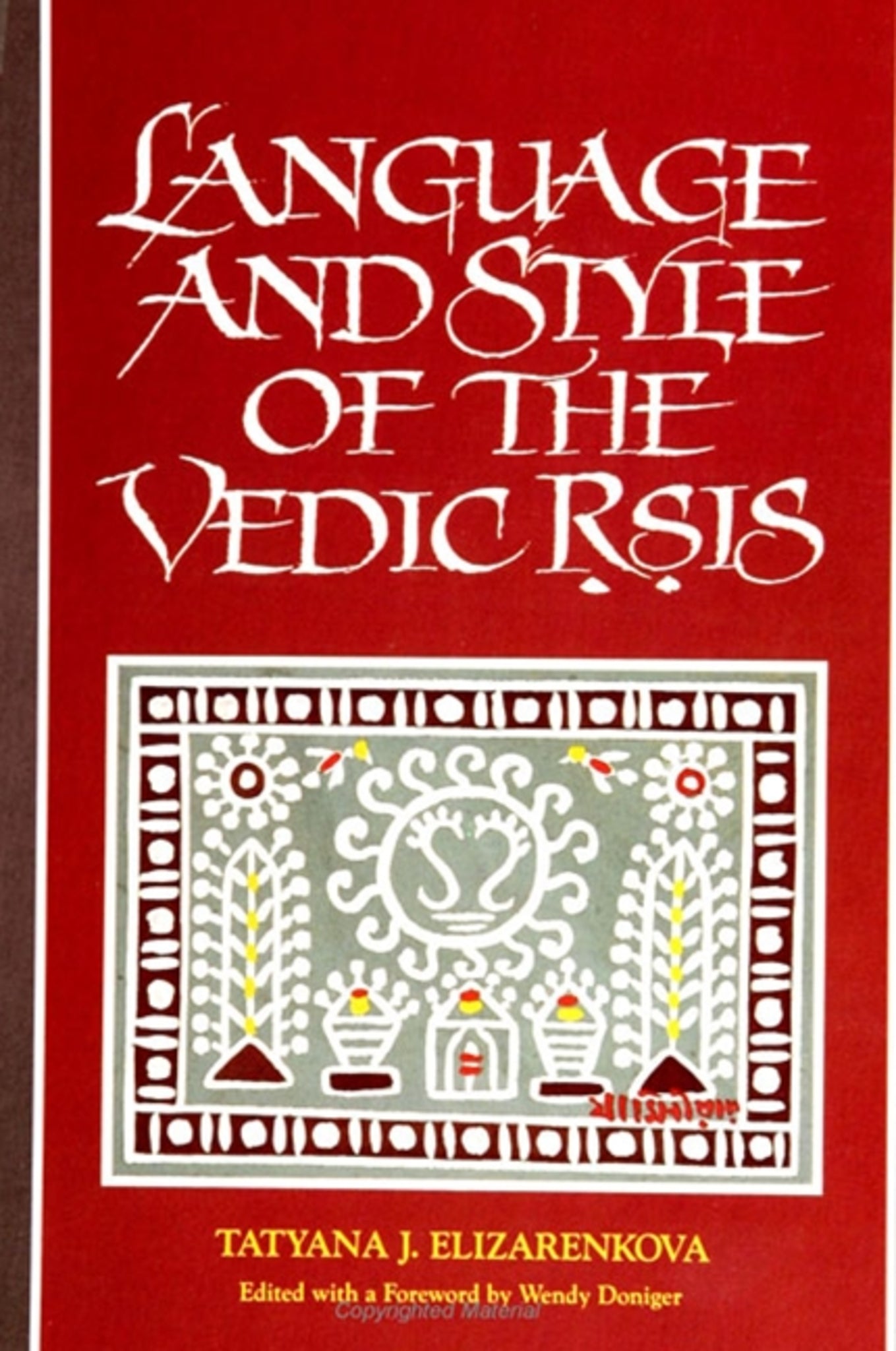We're sorry. An error has occurred
Please cancel or retry.
Language and Style of the Vedic Ṛṣis

Some error occured while loading the Quick View. Please close the Quick View and try reloading the page.
Couldn't load pickup availability
- Format:
-
22 November 1994

Elizarenkova, perhaps the greatest living scholar of the Rand certainly its greatest linguist, explains here the relationships between a very complicated grammatical system and the peculiarities of style of the archaic religious poetry. The laudatory hymn is treated as an act of verbal communication between the poet Rand the deity, with the hymn itself transmitting certain information from man to god. From this viewpoint, the hymn is used as a means to maintain a circular exchange of gifts between the Rand their gods.
Many peculiarities of the functioning of the grammatical system of the Rare interpreted in connection with the model of the universe of the Vedic Aryan. For example, the concept of time as a circular process bears closely on the use of the verbal grammatical categories of tense and mood; the personification of some abstract forces can explain some irregularities in the functioning of the nominal category of gender; and the idea of magical power attributed to the Sacred Speech in general, and to the name of a god in particular, underlies the magical grammar of this religious poetry.


"This is an extraordinary book, which could have been written by no one but Tatyana Elizarenkova. It is extraordinary because it combines two disciplines that no one else would dream of combining, or be able to combine: the modern, trendy, obscure discipline of semiotics, and the ancient, dusty, arcane discipline of Vedic philology. It is even more extraordinary because it combines them in such a way that they become mutually illuminating, that the obscurity of the one is not compounded by the arcanity of the other but, on the contrary, clarified by it." — From the Foreword by Wendy Doniger
Foreword by Wendy Doniger
1. Introduction
2. Vocabulary
3. Metrics and Phonetics
4. Morphology
5. Syntax
6. Conclusion
Notes
Bibliography
Index



